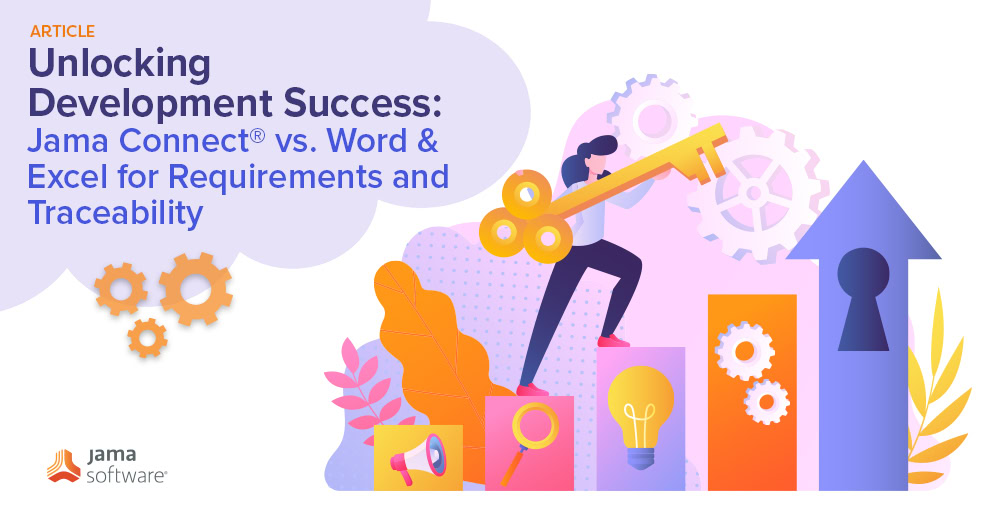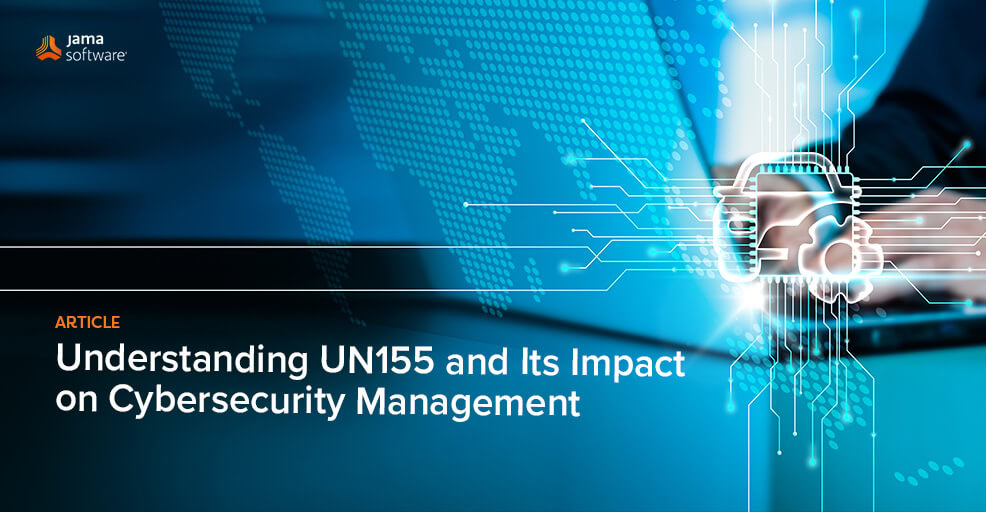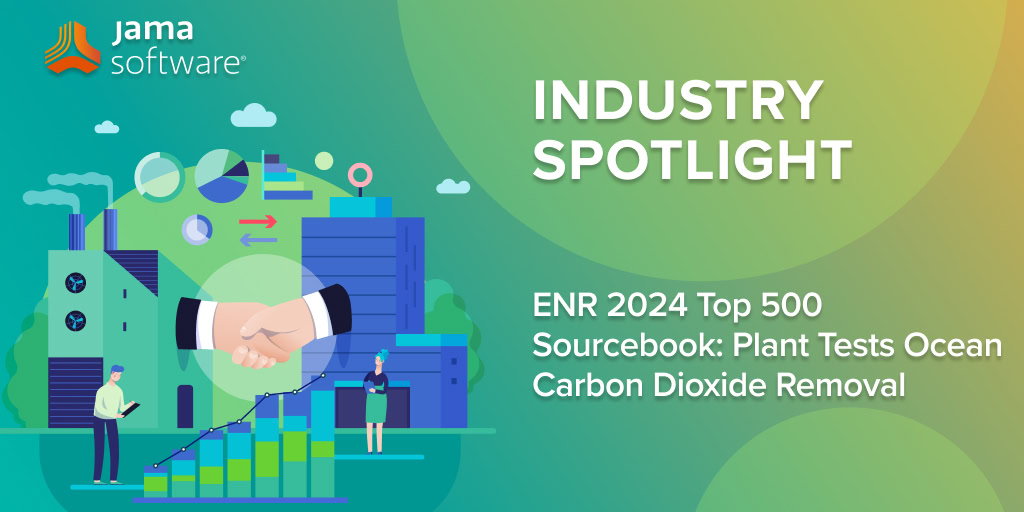
In this blog, we recap a section of our recent eBook, “Buyer’s Guide: Selecting a Requirements Management and Traceability Solution for Oil & Gas” – Click HERE to read the whole thing.
Buyer’s Guide: Selecting a Requirements Management and Traceability Solution for Oil & Gas
Use a Single Platform to Manage the Complexity of Standards Compliance and Product Development
Increasing complexity due to enhanced global and local regulatory scrutiny and rapidly evolving technological advancements causing cost and scheduled overruns is a top challenge for oil & gas companies in two key areas:
Standards & Practices Compliance
Oil and gas companies face numerous challenges in demonstrating compliance with the increasingly complex standards from local, state, and national regulatory agencies, as well as adhering to industry best practices and corporate guidelines. The first reason that problems arise is because these companies often attempt to manage critical processes using Word, Excel, or PDF document-based technology. While this manual approach may be adequate for simple projects, it fails as complexity and scale increase. The second reason is that companies continue to rely on legacy document management software such as SharePoint for tracing, storing, sharing, and retrieving standards documents, despite data siloes, lack of interoperability, constant changes, security threats, and limited collaboration and analysis.
As a result, companies have difficulty:
- Reporting compliance to standards
- Directly tracing standards to engineering requirements
- Managing updates and implementing changes across concurrent projects
- Collaborating effectively at a granular level around standards
- Creating an audit trail around sign-off and implementation of standardsMitigating error-prone assessment of the impact of making changes to standards
Exploration and Delivery Product Development
Oil & gas companies that develop products such as undersea robots that support exploration and delivery face their own set of challenges. First, the use of document-based technology or siloed point software
solutions fails to keep up with the increasingly complex hardware and software systems and subsystems that must perform flawlessly together. Second, reliance on manual tools that are not optimized for managing a
complex development process often results in inefficient teamwork and late detection of defects. As a result, companies find themselves:
- Relying on inefficient meetings or email communications involving internal, partner, and supplier teams to discuss, review, and approve product requirements and tests
- Missing opportunities to detect defects and other issues early in the development process when it is typically easier and less costly to ensure product quality and performance
- Incurring contractual penalties or losing revenue due to delayed availability or delivery of products
BOTTOM LINE
The increasing complexity and reliance on outdated tools make it difficult for oil & gas companies to efficiently comply with and show compliance to all relevant standards and/or develop products that meet internal or customer needs.
RELATED: Requirements Traceability Benchmark
What if you didn’t have to compromise?
This Buyer’s Guide incorporates insights from Jama Software®’s more than 15 years of experience partnering with forward-thinking development teams and industry experts. We’ve designed a platform that helps oil & gas companies efficiently manage standards compliance and/or product development. This allows them to:
- Take advantage of modern digital solutions
- Manage standards with more confidence and efficiency
- Manage exceptions throughout development to help create better-quality products
- Collaborate in a single source of truth with a complete audit trail of activities
- Avoid unnecessary costs and delays
Use these insights to better understand the challenges you’re up against and thoughtfully consider potential solutions. Plus, learn how to get the buy-in you need to undertake the kind of transformation necessary to succeed with complex projects.
Making the Case for Change
Jama Connect® helps oil & gas organizations to manage standards compliance and/or product development complexity by replacing documents and legacy tools with a single digital platform that provides a single source of
truth which is easily accessible by all stakeholders at any time. When standards and/or product requirements, architecture, V&V, and safety analyses are managed in a centralized platform, users benefit from a straightforward process and the business impact and value of the platform becomes clear across the organization. That makes getting executive buy-in easier.
If your company is not considering the importance of transitioning to a more modern, streamlined compliance and/or development process, time is not on your side. Failing to act quickly can leave your organization even further behind. But in order to see the value of the positive impact a system can have, stakeholders in an organization have to appreciate the challenges first.
This is where you come in. You can help quantify the problem within your organization and provide data to help make the case for change. Go through the exercises in the next section using data from your organization to identify your current situation and the size of the potential opportunity.
RELATED: The Strategic Transition: From Word and Excel to Modern Requirements Management
IDENTIFYING THE BUSINESS VALUE
Tools to Assess Compliance and Development Pain Points
Throughout the past decade of working with oil & gas among other organizations managing complex compliance and/or development projects, four common systems development pain points continuously arise for those who
have yet to transform their process.
We’ll provide context around the problems and share equations with examples to help you uncover the savings from a modern standards compliance and development solution. Remember to adjust the variables according to your company’s metrics to get a more precise estimate, and rethink how your team functions.
Improving any one of these four aspects of your process produces real savings. While the calculations on the following pages aren’t cumulative, they impact one another and can add up to significant value for your
organization.
This is the potential of using a modern digital platform. If realized, it can radically change your business and be the competitive edge you need in today’s market.
THE FOUR COMMON COMPLIANCE AND/OR DEVELOPMENT PAIN POINTS
- Unproductive Work Time
- Lengthy Time-to-Market
- Rework
- Problems or Defects

 In this environment, all of the traceability components are maintained in a separate system (in other documents or tools). What we found was that this led to traceability being disconnected from the actual design. And in these cases, this delta was maintained and updated manually.
In this environment, all of the traceability components are maintained in a separate system (in other documents or tools). What we found was that this led to traceability being disconnected from the actual design. And in these cases, this delta was maintained and updated manually.











![[Webinar Recap] Managing Functional Safety in Development Efforts for Robotics Development [Webinar Recap] Managing Functional Safety in Development Efforts for Robotics Development](https://www.jamasoftware.com/media/2024/08/Functional-Safety-Webinar-Recap-Blog.png)


![[Webinar Recap] Excelling in Requirements Management for Successful Software Delivery and Implementation [Webinar Recap] Excelling in Requirements Management for Successful Software Delivery and Implementation](https://www.jamasoftware.com/media/2024/07/Excelling-in-Requirements-Management-for-Successful-Software-Delivery-and-Implementation-1.png)
